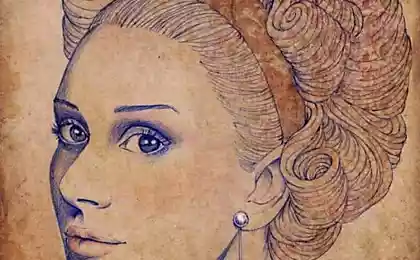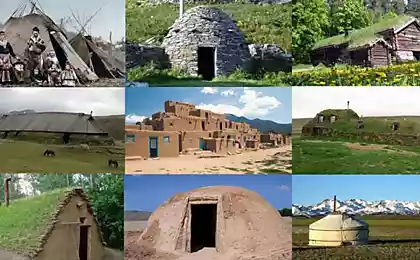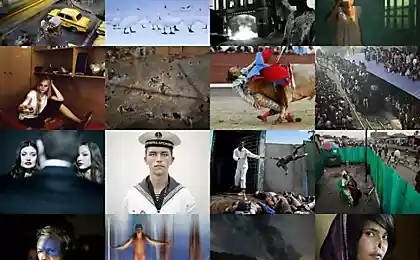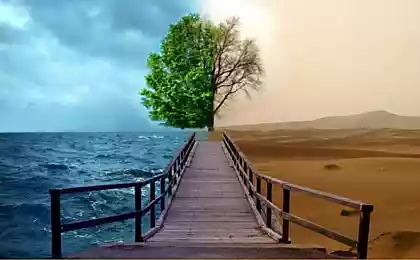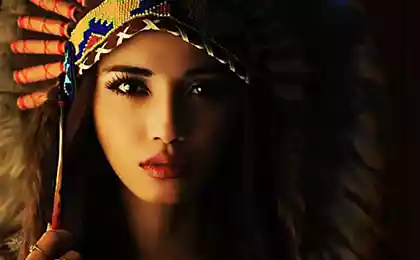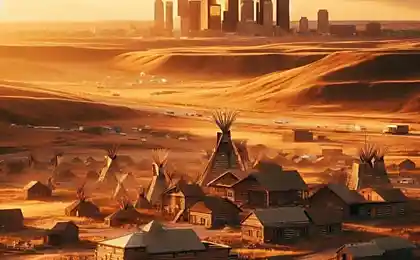3607
Portrait of an Indian

In the early 1900s, a photographer from Seattle Edward S. Curtis began work on a major project, which was funded by banker John Morgan. Curtis had to go to the Wild West to document the lives of Native Americans. Over the next 20 years photographer visited more than 80 tribes. During this time, he made more than 40 thousand pictures recorded on wax cylinders about 10 thousand tracks, and has written numerous essays and zarisovok.

Due to the materials collected Curtis was published 20-volume edition of "Indians of North America» («The North American Indian»), illustrated by two thousand photographs. One hundred years after the publication of the first volume snapshots Curtis not only awarded the highest praise, but have been criticized. Documentary value of this work is undeniable, but critics complain that their staged portraits photographer immortalized the mythical image of the "noble savage." This collection presents only a few tens of thousands of people who have seen through the lens of his Curtis fotoapparata.

Left: Apache Indian, about 1906. Right: The old way of weaving hair Blackfeet Indians. (Library of Congress / Edward S. Curtis)

Portrait of an Indian named Big Head, about 1905. (Library of Congress / Edward S. Curtis)

Left: Indian Nez Perce people named Yellow Bull. Right: Hopi Indian, about 1905. (Library of Congress / Edward S. Curtis)

Six Navajo Indians on horseback, about 1904. (Library of Congress / Edward S. Curtis)

Left: Mojave Indian clothing from hare fur, around 1907. Right: A young Indian Yakima earrings made of shells, around 1910. (Library of Congress / Edward S. Curtis)

Indian reservations of Selawik, Alaska, about 1929. (Library of Congress / Edward S. Curtis)

Left: Navajo Indian in ceremonial costume deity Nayenezgani. Right: Indian costume god of war Tobadzischini, about 1904. (Library of Congress / Edward S. Curtis)

Left: Indian named Black Hair, around 1905. Right: Indian named Red Cloud, December 26, 1905. (Library of Congress / Edward S. Curtis)

Left: Hidatsa Indian named Sitting Owl, about 1908. Right: Indian Taos, about 1905. (Library of Congress / Edward S. Curtis)

Left: Indian Cheyenne, around 1910. Right: Indian Crow, about 1908. (Library of Congress / Edward S. Curtis)
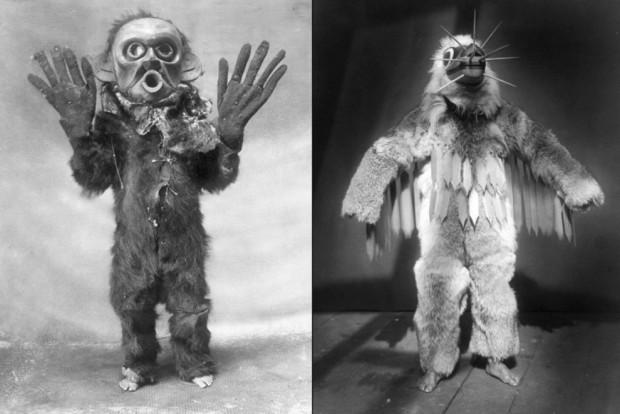
Left: Kwakiutl Indian wearing a suit of fur, large gloves and masks Hami («dangerous creature") during a ceremony Numhlim, about 1914. Right: Kwakiutl Indian during the opening ceremony of the Winter Dance. (Library of Congress / Edward S. Curtis)

Left: Indian with Nunivak Island in a wooden headdress in the form of a bird, about 1929. Right: Mojave Indian named Mosa, about 1903. (Library of Congress / Edward S. Curtis)

Left: wife Modoc Henry Indian tribe of Kamat, June 30, 1923. Right: Indian Nez Perce people named Three Eagles, around 1910. (Library of Congress / Edward S. Curtis)

Left: Indian Pikani, around 1910. Right: Indian with peace pipe (right), about 1905. (Library of Congress / Edward S. Curtis)
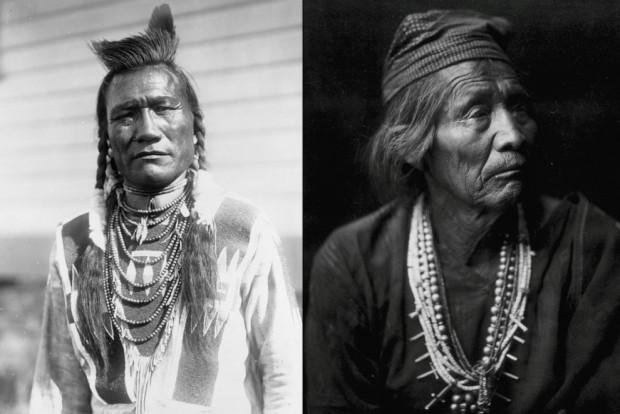
Left: Indian Pikani, around 1910. Right: Navajo healer, about 1904. (Library of Congress / Edward S. Curtis)

Kwakiutl Indians floating in a canoe at the wedding, British Columbia, about 1914. (Library of Congress / Edward S. Curtis)

Left: Indian named Pah Toi (White Clay), Taos, New Mexico, about 1905. Right: Indian Kato, about 1924. (Library of Congress / Edward S. Curtis)

Left: Indian named Ben Long Ear, about 1905. Right: Navajo healer, about 1904. (Library of Congress / Edward S. Curtis)

Left: Dakota Indian, an Indian woman named Slow Bull, about 1907. Right: Indian Pomo, California. (Library of Congress / Edward S. Curtis)
Source: fototelegraf.ru/?p=170483




